ARRL EME CONTEST - and the Cabrillo log

Every year the ARRL runs an EME contest over 3 weekend. The September weekend is for 2.3Ghz and up, while the October and November weekends are for 1296 and down. See http://www.arrl.org/eme-contest. The ARRL currently prefers logs to be submitted in electronic form using the Cabrillo format. I find their explanation of exactly what this entails to be pretty confusing (and I know from email I have received I"m not the only one with this opinion). So here's my explanation of what they seem to want (and how to get it)!
The Cabrillo format for the EME contest boils down to the the following. A Cabrillo file is just a text file in a particular format using specific abbreviations. If it wasn't a contest entry it would look like this:
START-OF-LOG: 3.0
{contest specific header lines would go here}
QSO: 1.2G DG 2020-10-10 0325 KA1GT -15 SP5GDM -12
QSO: 1.2G DG 2020-10-10 0326 KA1GT -8 RA3UAB RO
QSO: 1.2G DG 2020-10-10 0330 KA1GT -11 RA4HL -11
QSO: 1.2G DG 2020-10-10 0336 KA1GT -10 PA3FXB -11
QSO: 1.2G CW 2020-10-11 0541 KA1GT 559 DG5CST 579
END-OF-LOG:
Each line starts with QSO:, then Band, Mode, Date, Time, your call, report sent, Dx call, Report received. That's it. That's Cabrillo file data format for the EME contest which can be pasted into their form at https://contests.arrl.org/arrlemescoresubmission.php The final contest submission needs a bunch of stuff between "START-OF-LOG" and the first QSO entry which is related to the specific contest, but the ARRL web page form creates all that and adds it to your Cabrillo text file in the right place so you don't need to worry about it. You just enter the data and paste something that looks like the above text file into the box provided. Other contests might require different/additional information in the QSO: line, such as a locator or a serial number, but the ARRL EME contest does not
The abbreviations used for band and mode are a bit confusing. The band abbreviations are the wavelength in m up to 2m, then the frequency in MHz up to 908 and then the frequency is GHz +"G". So 2m is 2m, 70cm is 432 and 23cm is 1.2G. 10GHz is 10G and so on. When it comes to mode, currently at appears to be 5 options (https://wwrof.org/cabrillo/cabrillo-qso-data/).
- CW - CW
- PH - Phone, normally SSB (and presumably AM?)
- FM - Phone, Frequency modulated
- RY - RTTY
- DG - Any digital mode such as FT8, JT65, Q65 etc.
I have no idea what SSTV would be if you made an EME contact that way, presumably it would be DG?
WSJT-X (if you use the built in logging) will save your log as an ADIF file. You can edit this file with ADIFmaster. You can convert ADIF to Cabrillo with adif2cabr , though it will ask you for a callsign and a contest name, then complain about missing fields, but that's OK, it doesn't know about the EME contest! It should generate a Cabrillo format file with a bunch of extra header lines which you can remove. Lines like the following can be removed, the ARRL webpage for the ARRL log submission will generate correct lines from information you enter there and insert them into the final Cabrillo file.
CONTEST: ARRL-RTTY CALLSIGN: KA1GT CATEGORY-OPERATOR: SINGLE-OP CATEGORY-BAND: ALL CATEGORY-MODE: RTTY CATEGORY-POWER: LOW CATEGORY-TRANSMITTER: ONE CATEGORY-STATION: FIXED CATEGORY-ASSISTED: ASSISTED LOCATION: DX CLAIMED-SCORE: 0 CLUB: NAME: ADDRESS: OPERATORS:
You can edit the Cabrillo .log text file with any text editor if you need to change anything, add or remove lines. It can also be loaded in something like MS Excel as a space delimited text file for editing. Once any editing is done, the ARRL program, when executed, will check the log for formatting errors, discount any duplicate contacts, figure out how many States, Provinces and DXCC entities you have worked and calculate your score. If you agree with their numbers, you have finished. If you don't, you've probably miscounted!
My ARRL contest results
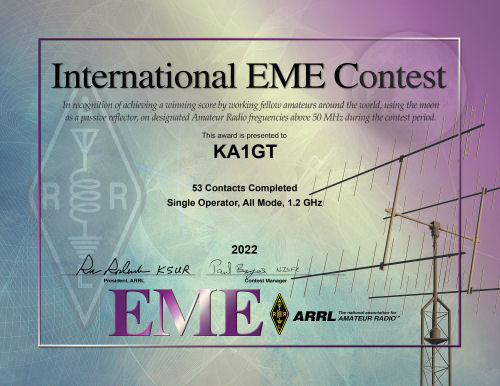
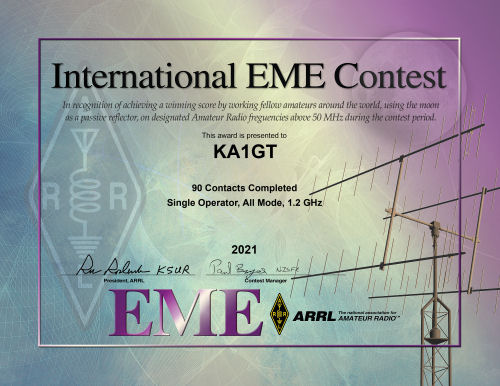
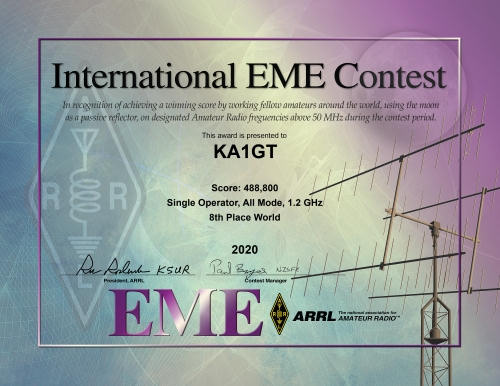
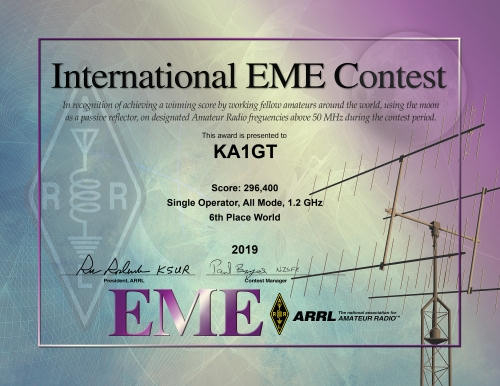
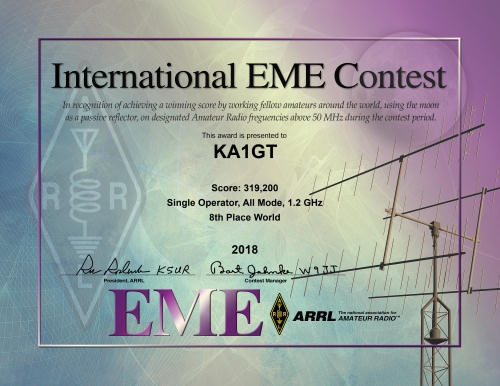
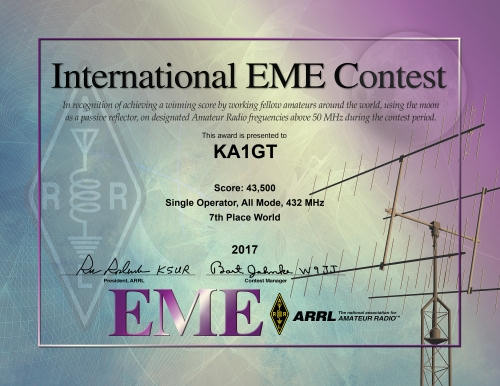
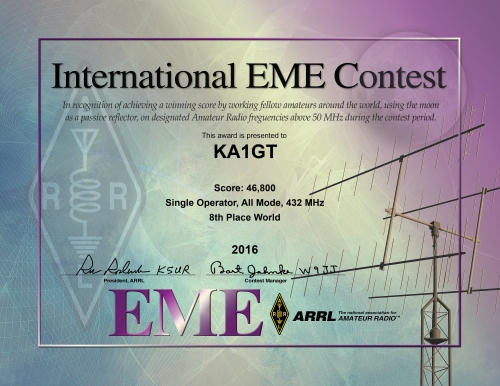
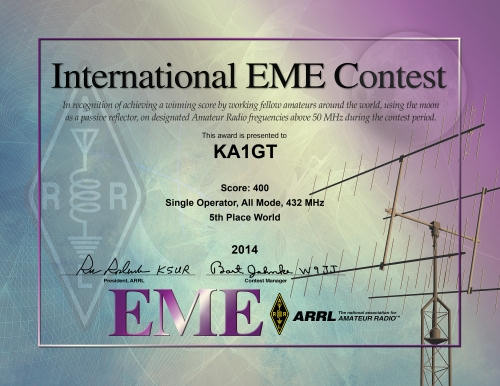
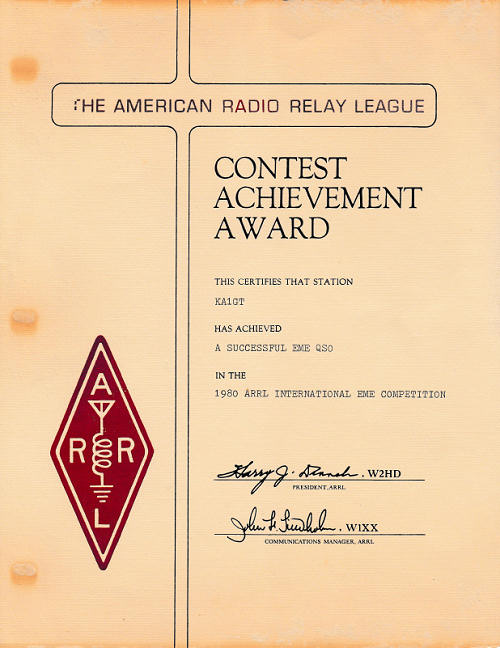
.jpg)